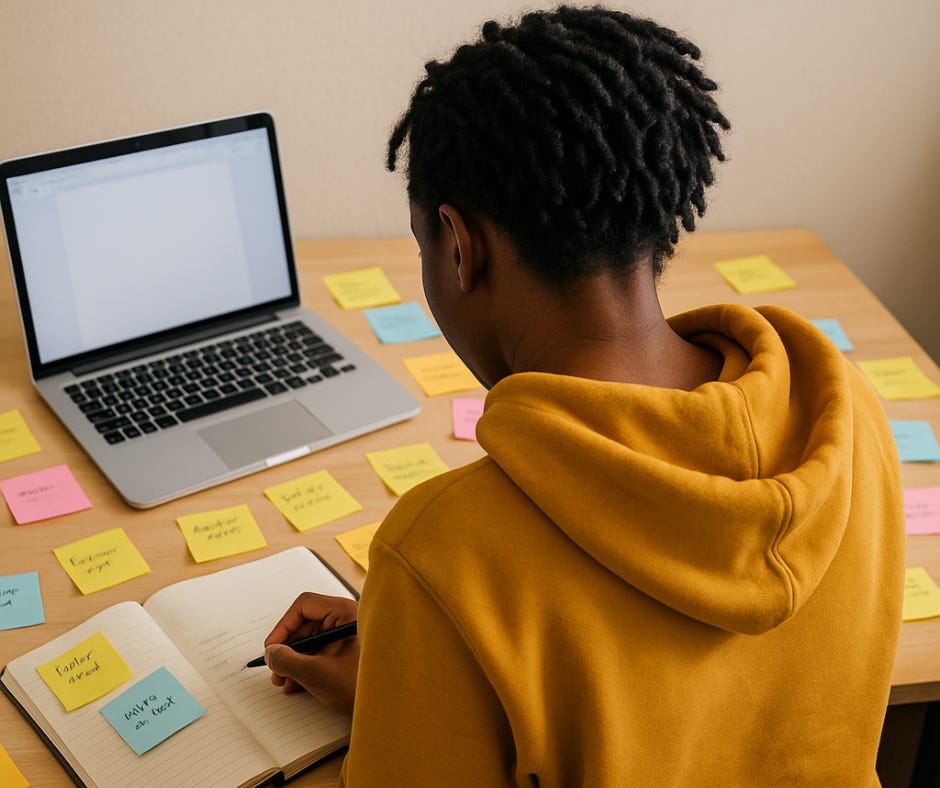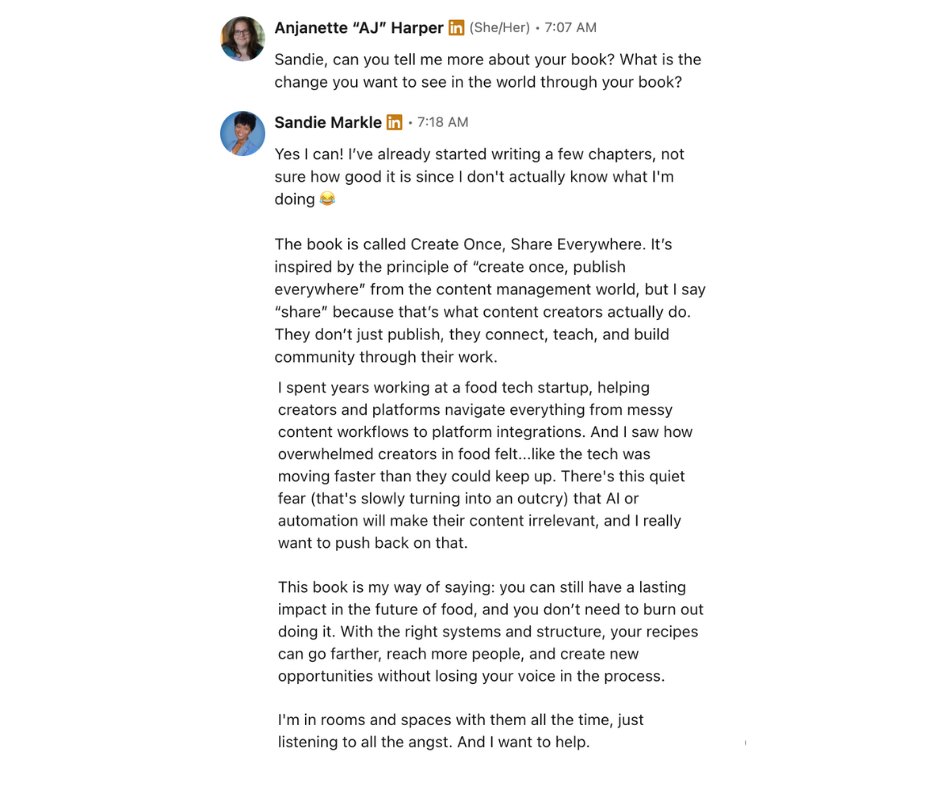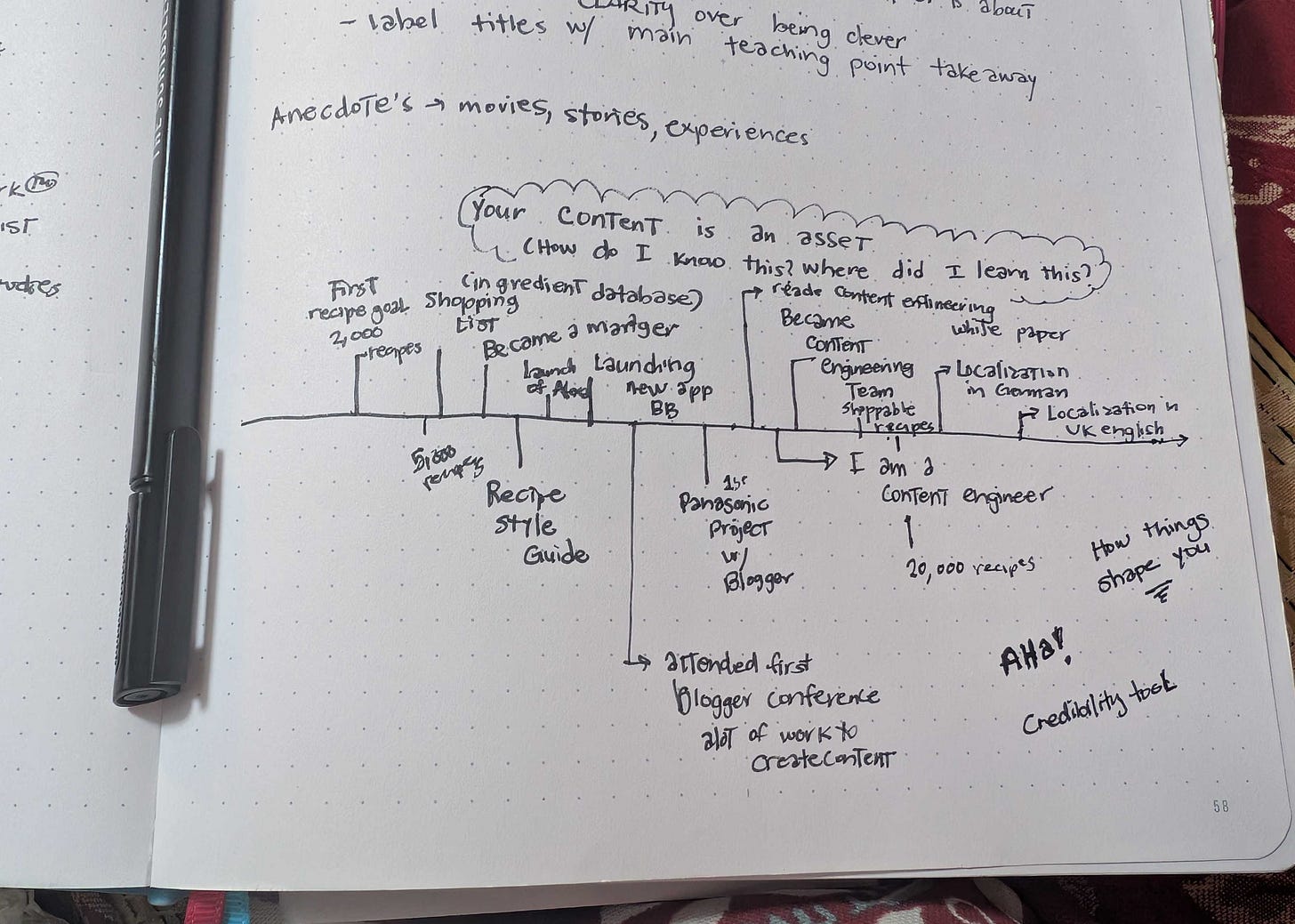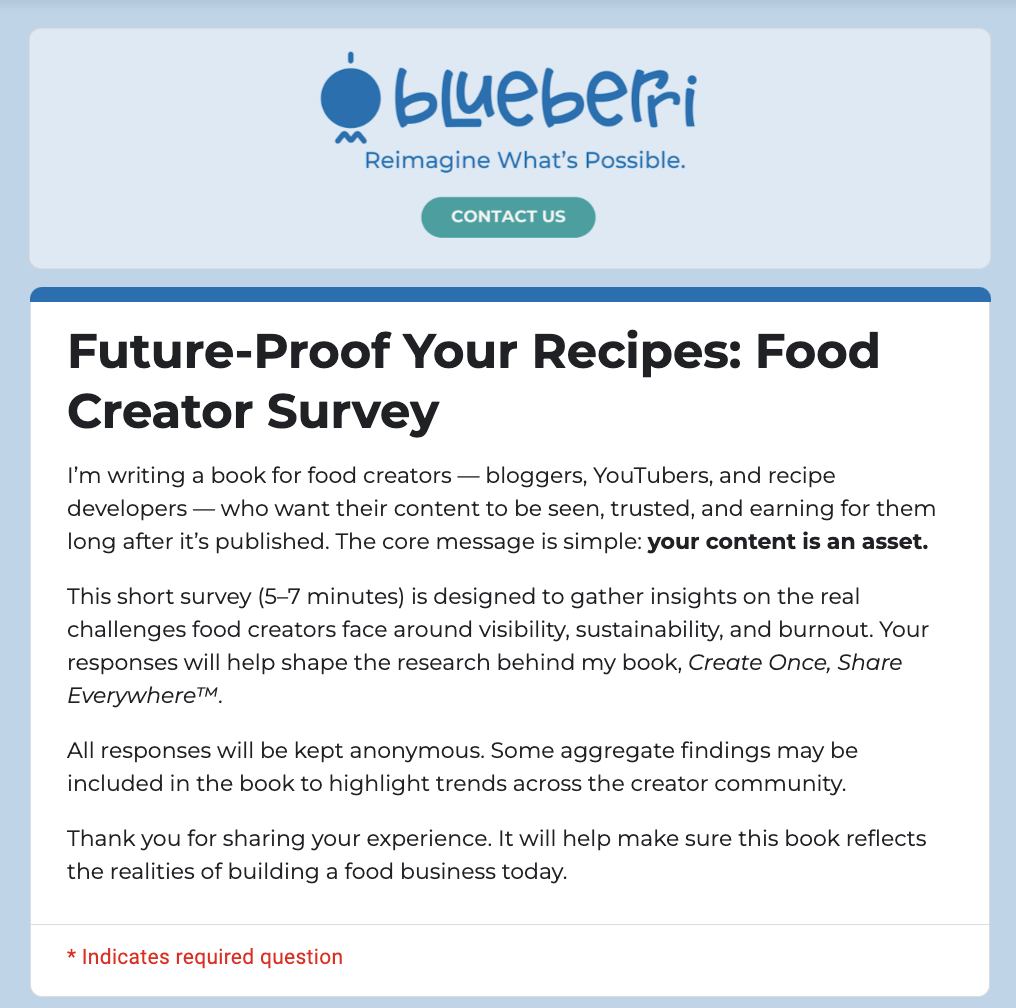More than just work
Every post, photo, and plugin tweak is building something bigger.
Twice a week, I log into a Zoom room with more than a dozen people who are all doing the same hard thing: writing a book. Some are drafting leadership guides, others are writing parenting books, but we all share the same look in our eyes, equal parts determination and panic. Writing a book, as it turns out, is not for the faint of heart.

It’s half technical workshop, half support group. And at the center of it is our guide, AJ Harper. She repeats one line so often it’s burned into my brain:
“A book is not about something, it’s for someone.”
It sounds simple, but it changes everything. That’s why we’re here — to remember that what we’re writing matters, because it’s for someone who needs it.
Getting here, though, wasn’t part of some grand plan. Honestly, it happened by chance. I used to feel weird saying I wanted to write a book. Embarrassed, even. Like I was just waiting for someone to tell me it was a bad idea, too much work, unrealistic. Sometimes people did.
But one person didn’t. They told me: “You should look up AJ Harper.”
So I did.
And doing what I always do, I went straight to LinkedIn. I saw that AJ helped authors write prescriptive non-fiction — exactly the kind of book I wanted to write. I found her book, Write a Must-Read, saw it was under twenty bucks, and clicked purchase. But more than that, I wanted to follow her. So I sent a connection request. She accepted right away.
I sent her a thank-you message (always send a message!) and gushed about how excited I was to read her book. I admitted I had no real plan, but I promised her I’d read it and work hard to apply everything in it.
And then she wrote back.
She asked:
“What is the change you want to see in the world through your book?”
Here’s what I told her.
That was the day I stopped just talking about maybe writing a book, and started actually doing it.
Fast forward to this week’s workshop, where AJ asked us to draw a timeline that would answer two deceptively simple questions:
How do you know what you know?
When did you learn it?
Like every new exercise, I felt instant panic. My brain went blank. Where do you even start with something like that?
“Start anywhere,” AJ said.
So I did. I put a line in the middle of the page and scribbled, “1st Panasonic project w/ blogger.” Then another line farther left: “Became a manager.” Then I skipped all the way to the right and wrote: “I am a content engineer.”
And that was it. Suddenly, the memories came rushing back, faster than I could keep up with. My poor bullet journal got stuffed with crooked lines, arrows, and moments like:
First recipe goal: 2,000 recipes
Building an ingredient database and shopping list
Launching a new app
Writing a recipe style guide
Leading a content engineering team
Localizing recipes in German and UK English
Hitting 20,000 recipes and realizing, wait a second, this is a whole career
Oh crap. I’m running out of ink.
At first, I thought this was just a way to surface book material. But halfway through I realized it wasn’t just about the book. It was about me. About reminding myself that I should be writing this because I know this first-hand. The timeline wasn’t just a brainstorm; it was a confidence boost.
And here’s where it ties back to this: your content is an asset.
My timeline proved that every recipe, every database, every style guide, every localization project wasn’t just “work.” They were assets that built toward something bigger. Together, they created credibility, expertise, and the foundation for what I’m writing now.
That’s also the heart of COSE. Structured content transforms scattered posts into an asset library, something you can repurpose, scale, and monetize. It’s your way of drawing the same kind of line I did in my notebook and realizing: Oh, this isn’t random. This is my body of work.
For me, it reshaped how I’m structuring my book.
For you, it might reshape how you see your blog, videos, or recipe collection.
Sometimes, the story you need is already on the page, you just have to see it for the asset it is.
“A book is not about something, it’s for someone.” That’s exactly what I want Create Once, Share Everywhere™ to be, not just a book about structured content, but a book for you as a food creator. A guide that makes your work lighter, more discoverable, and more rewarding.
To make sure it truly serves you, I’d love your input. Please take a few minutes to fill out my Future-Proof Your Recipes survey — your insights will help shape the book into a resource that’s genuinely useful for your journey.
Thanks for reading! We will be back to our regularly scheduled program next week.
Your friend in food,
Sandie





